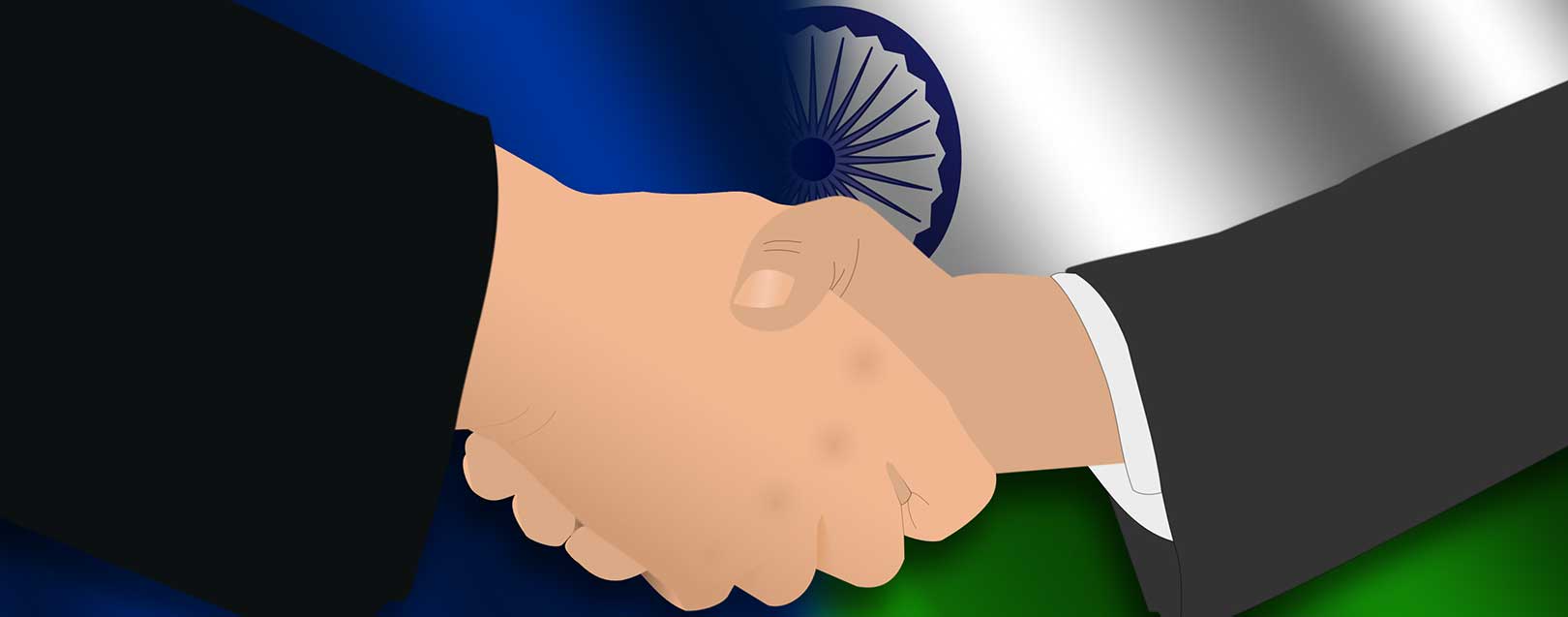
It was the year 2004 when European Union (EU) and India first realised the need of taking their ties to the next level. Idea was to forge a strategic partnership that would ensure mutual cooperation on a range of issues – from enhancing trade to free movement of professionals in the region, from government procurement to market access, and to even cultural exchanges. Not to mention, the foundation of this friendship was (and is still) purely economic.
To strengthen the harmony, both sides even went on to initiate dialogues towards an ambitious free trade agreement (FTA), officially known as the Broad-based Trade and Investment Agreement (BTIA). The year was 2007 and the “Great Recession” had just begun. While for Brussels this was part of its strategy to expedite multilateral trade liberalization, for India it was more about development. In other words, New Delhi was looking at it (and has always been) as an accord that would help it achieve its developmental objectives through free trade and investments.
It has more been than six years and fifteen rounds of talks since then, but the proposed FTA is still far from the finish line. Free movement of professionals, relaxing FDI limits, agricultural trade, protection of intellectual property rights and data security have been some real bones of contention, at times even signaling a collapse. However, both India and EU have failed to bridge the gaps on these critical issues. While EU has been demanding substantial duty cuts and tax reductions on several products (particularly automobile, spirits and dairy products) apart from a stronger intellectual property regime, India is asking EU to grant it the “Data Secure Nation” status that will have a bearing on IT companies wanting market access.
With its combination of rapid growth, complementary trade baskets and growing bilateral trade, India is an obvious partner for an FTA for EU. In fact, the 28-nations bloc has been one of India’s leading trade partners, accounting for over 15% of its total trade in goods and services. It’s not only an important market for India’s exports of IT, textiles, pharmaceuticals, gems and jewellery, but also the biggest source of FDI flows into India, nearly 25% of the total. The value of EU-India trade has doubled in the last 10 years, from €28.6 billion in 2003 to €72.7 billion in 2013.
The opportunities are alike for EU. India can offer a lot to European companies when it comes to multi-brand retail and insurance, and currently closed sectors like accountancy and legal services. If concluded, BTIA has the potential to increase the services (which has already quadrupled in the past decade, from €5.2 billion in 2002 to €22.5 billion in 2013) trade between the two manifolds.
A trade agreement is always about give and take. And there is a constant arm wrestle. But then negotiations can’t go on forever. There has to be some re-balancing that the two do in order to arrive at an agreement. Indecisiveness would mean a big opportunity loss, for both India and EU, and that too at a time when trade agreements such as the Trans-Pacific Partnership (TPP) and the Transatlantic Trade and Investment Partnership (TTIP) are moving global trade away from MFN routes toward regional routes.
Once concluded, EU-India BTIA will be the biggest free trade accord involving India, surpassing its FTA with the ASEAN countries. This certainly calls for taking a long-term view of trade policy options while negotiating the trade pact, and of course the requisite political will. And well, that’s true for both sides!
Get the latest resources, news and more...
By clicking "sign up" you agree to receive emails from The Dollar Business and accept our web terms of use and privacy and cookie policy.
Copyright @2026 The Dollar Business. All rights reserved.
Your Cookie Controls: This site uses cookies to improve user experience, and may offer tailored advertising and enable social media sharing. Wherever needed by applicable law, we will obtain your consent before we place any cookies on your device that are not strictly necessary for the functioning of our website. By clicking "Accept All Cookies", you agree to our use of cookies and acknowledge that you have read this website's updated Terms & Conditions, Disclaimer, Privacy and other policies, and agree to all of them.

